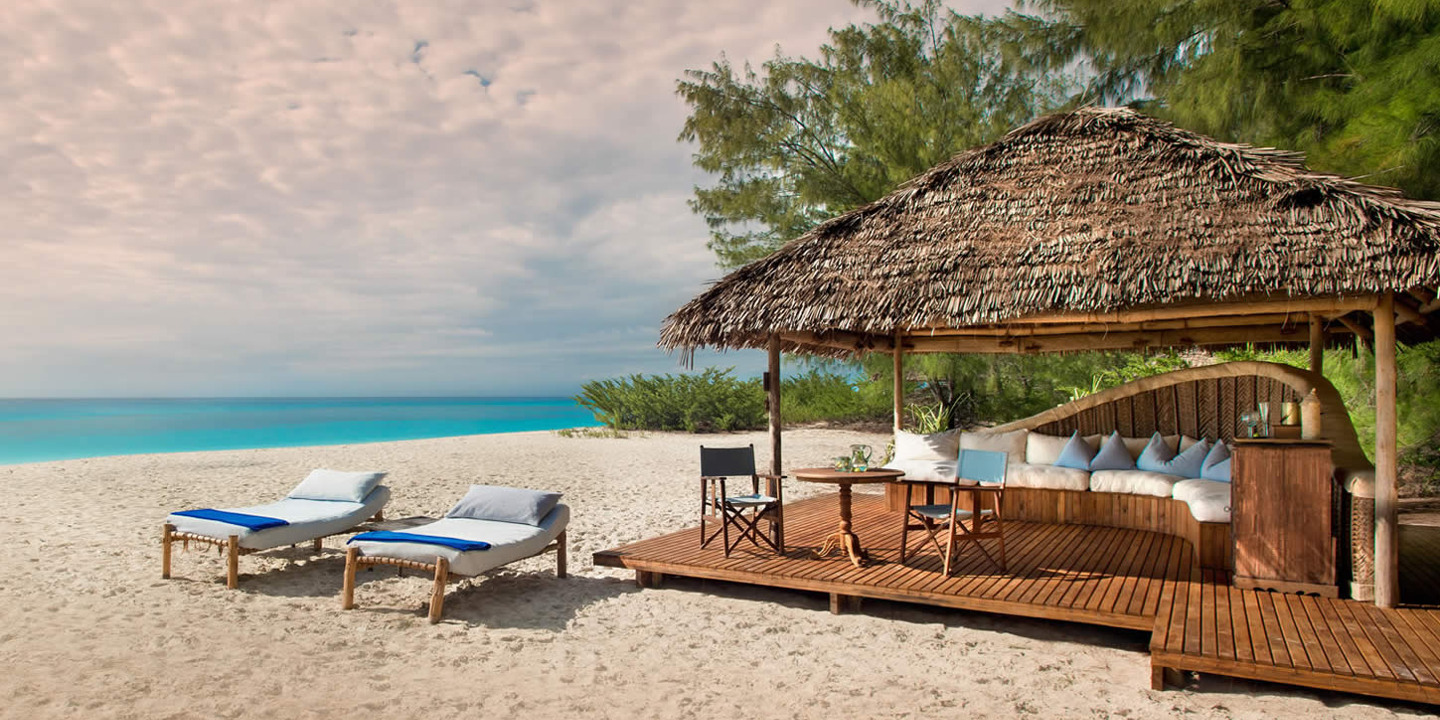
Zanzibar Beach Holiday
Price on request
Zanzibar and Pemba lie between 40 52′ and 6 0 31′ south of the equator, and about 40 and 50 km respectively from the coast of Tanzania in the Indian Ocean. The Archipelago covers about 2640 sq. km in total, (Zanzibar covers 1660 sq. km and Pemba covers about 980 sq. km). The Archipelago is surrounded by the coral reefs, beautiful sandy beaches, natural and unexploited lagoons and mangrove swamps, which are rich in marine life. The island is accessible by air and water bodies.
All about the Zanzibar Beach Holiday
Zanzibar Holiday
Zanzibar and Pemba are widely flat and low-lying islands. Pemba is which is hillier and more fertile, is situated about 50 km north of the Zanzibar (Unguja) Island, and 50km east of the mainland Tanzania, than Zanzibar.
Zanzibar is undoubtedly one of the most beautiful islands in the Indian Ocean, if not the world. It is one of the best-kept travel secrets and remains unspoilt by mass tourism. Zanzibar archipelago is approximately 35km off shore from the Tanzania mainland and only six degrees south of the Equator.
It is comprised of two main Islands, Unguja (also called Zanzibar Island), and Pemba, along with many smaller islands and atolls. These provide miles and miles of palm lined beaches and colourful coral reefs perfect for diving or just soaking in the laid back atmosphere. Zanzibar has been popular throughout history with artists, musicians and poets and still captivates people to this day. The very name conjures wondrous images and evokes intrigue.
The Island has some of the best beaches anywhere in Africa and arguably the world, the best of which are to be found along the east coast on the northern part of the island. The beaches in this region are protected by off shore coral reefs and have fine white coral sand.
Stone Town
Stone Town is located along the west coast of Zanzibar Island and is considered to be one of the most traditional of remaining old Swahili trading settlements that would have been prevalent along East Africa. It resembles the labyrinth style medina’s of north Africa and Morocco with all the narrow streets, twists and turns. Influences have come from the Portuguese who developed Stone Town as a trading port in 1503 and the Omani Arabs who expelled the Portuguese and built a fort, which stands largely unaltered, completed in 1701. The Omani quickly established themselves with the riches brought from the slave trade and soon the mud huts turned into stone. The first stone buildings were constructed during the reign of the Omani sultan, Seyyid Said, who in 1832 shifted his capital from Muscat to Stone Town. This building boom lasted approximately 60 years and accounts for most of what we see today.
When the British Protectorate over Zanzibar was enforced in 1890 Stone Town was more or less complete, and remains largely unchanged except for a few buildings along the waterfront which the British bombarded in 1896 during, what’s called the ‘Shortest War in History’. This ‘War’ lasted for around 45 minutes and was undertaken to ensure their choice of Sultan took power. Aside from this the British impact to the architecture of the city was nominal. Instead they concentrated their efforts on cleaning up the city which during the 19th century had been synonymous with filth, squalor and slavery.
The tour package inclusions and exclusions at a glance
+ What is included in this tour?
Items that are included in the cost of tour price.
- All breakfasts, lunches and dinners & dining
- All accommodation including tea houses en route
- All transportation including taxis and coaches
- Flights from Heathrow if booked inc. of flight
- Tour and trekking guide for entire journey
-What is not included in this tour?
Items that are not included in the cost of tour price.
- Travel insurance and other emergencies
- Visa fees and entry clearing fees
- Single room accommodations
- Liquors, beeers and bootled beverages
- Photography ccessories like cameras etc.
 Momella African Adventure
Momella African Adventure